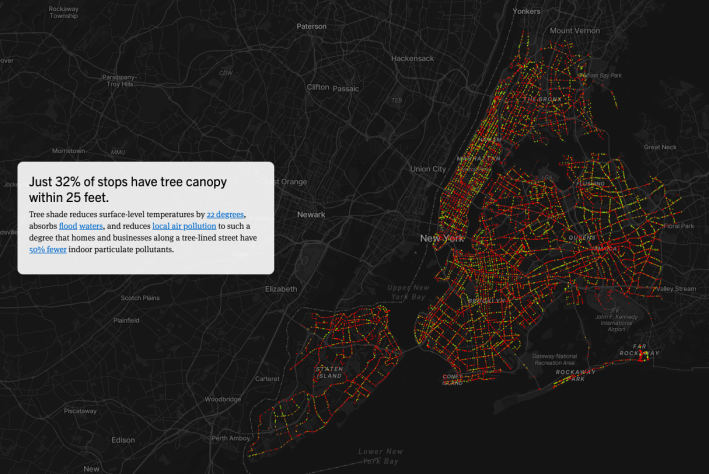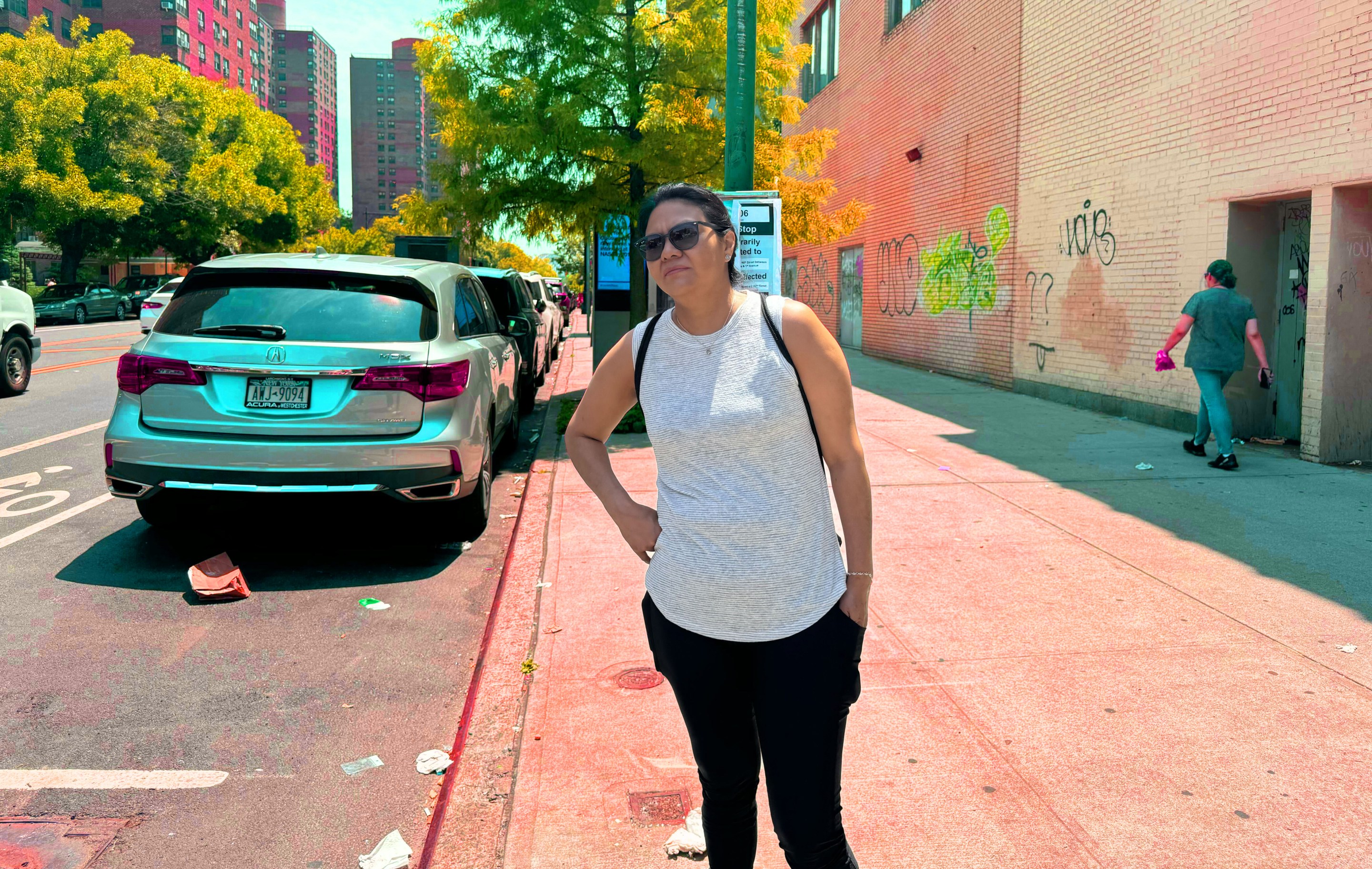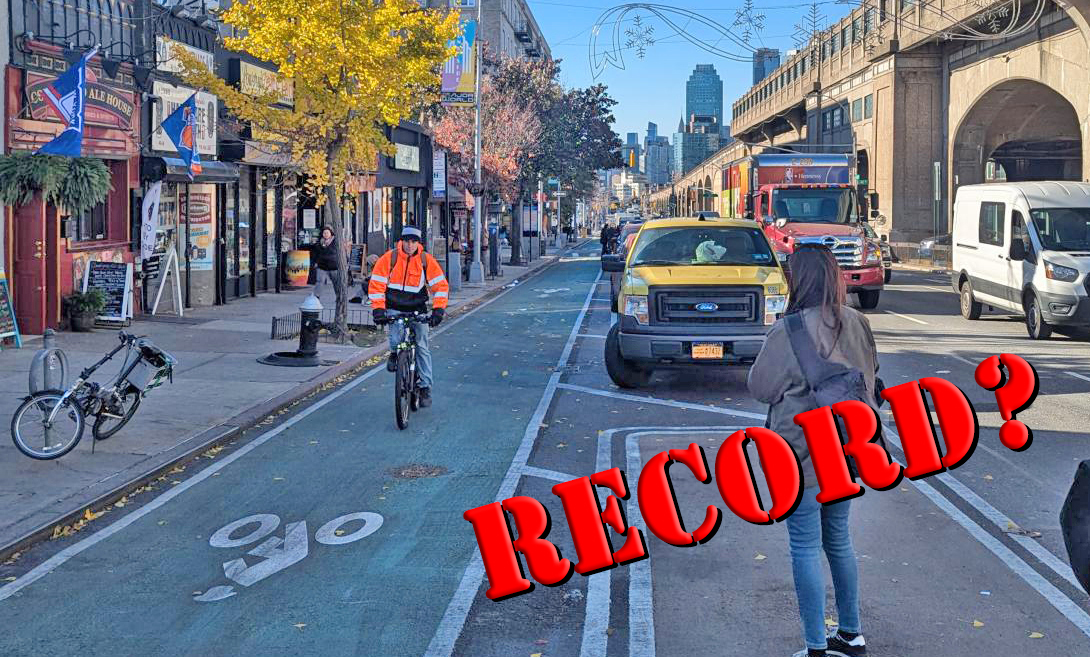New York City's hottest bus stops are more likely to be located in low-income communities of color — including those with high bus ridership numbers — according to a new analysis of NASA heat imaging data.
For the study, Transportation Alternatives identified the 400 hottest and coolest bus stops in the city and found that people living near the hottest stops were more likely to commute by bus, were 40 percent less likely to be white and were 62 percent more likely to live below the federal poverty line.
Hot bus stops tend to be uncovered and away from trees, water or greenery — and an average 14.5 degrees hotter than their colder counterparts, which are more likely to have bus shelters and other cooling features, the report said.
The stark disparity means poorer New Yorkers of color, who also make up a larger portion of bus riders than wealthy and white New Yorkers, bear the brunt of the city's slowest-in-the-nation bus speeds and devastating "urban heat island effect."
The combination of bigger buildings, lack of trees, asphalt and transportation emissions increases New York City temperatures by 9.7 degrees, according to another recent analysis. Some 350 people die in city each year from extreme heat.

"The data shows, time and time again, that wealthier and whiter communities are waiting at cooler, safer bus stops," said Transportation Alternatives Interim Co-Executive Director Elizabeth Adams. "This is a policy choice that is entirely solvable, and we hope to see our city’s leaders make real, tangible changes to protect New Yorkers from excessive heat.”
To rectify the matter, Transportation Alternatives selected 100 "high-priority" unsheltered bus stops in predominantly low-income areas with high temps, inadequate bus service and limited transit alternatives.
Of the 100 bus stops identified, a whopping 64 percent lacked tree cover even within 25 feet. Just 32 percent of all bus stops in the city have shade from trees within 25 feet, the report said.
The group called on the city to install more bus stops with seating and shady shelters — repurposing parking when necessary to make room for bus stops — and also plant more trees. The report also called for better bus service via bus lanes, busways and other bus-speeding policies.
To get New Yorkers out of the sun faster, the MTA should run rush-hour service levels all day when the heat is at its worst, the report said.
A rep for the city Department of Transportation said the agency plans to install 300 new bus shelters in the coming years.
“When siting bus shelters, we focus on historically underserved areas, ridership data, and proximity to bus priority routes," DOT spokesman Scott Gastel said in a statement. "Many of the bus stops in this report cannot accommodate a bus shelter due to lack of space to ensure safety and accessibility, but we look forward to adding hundreds of additional bus shelters in the coming years.”






